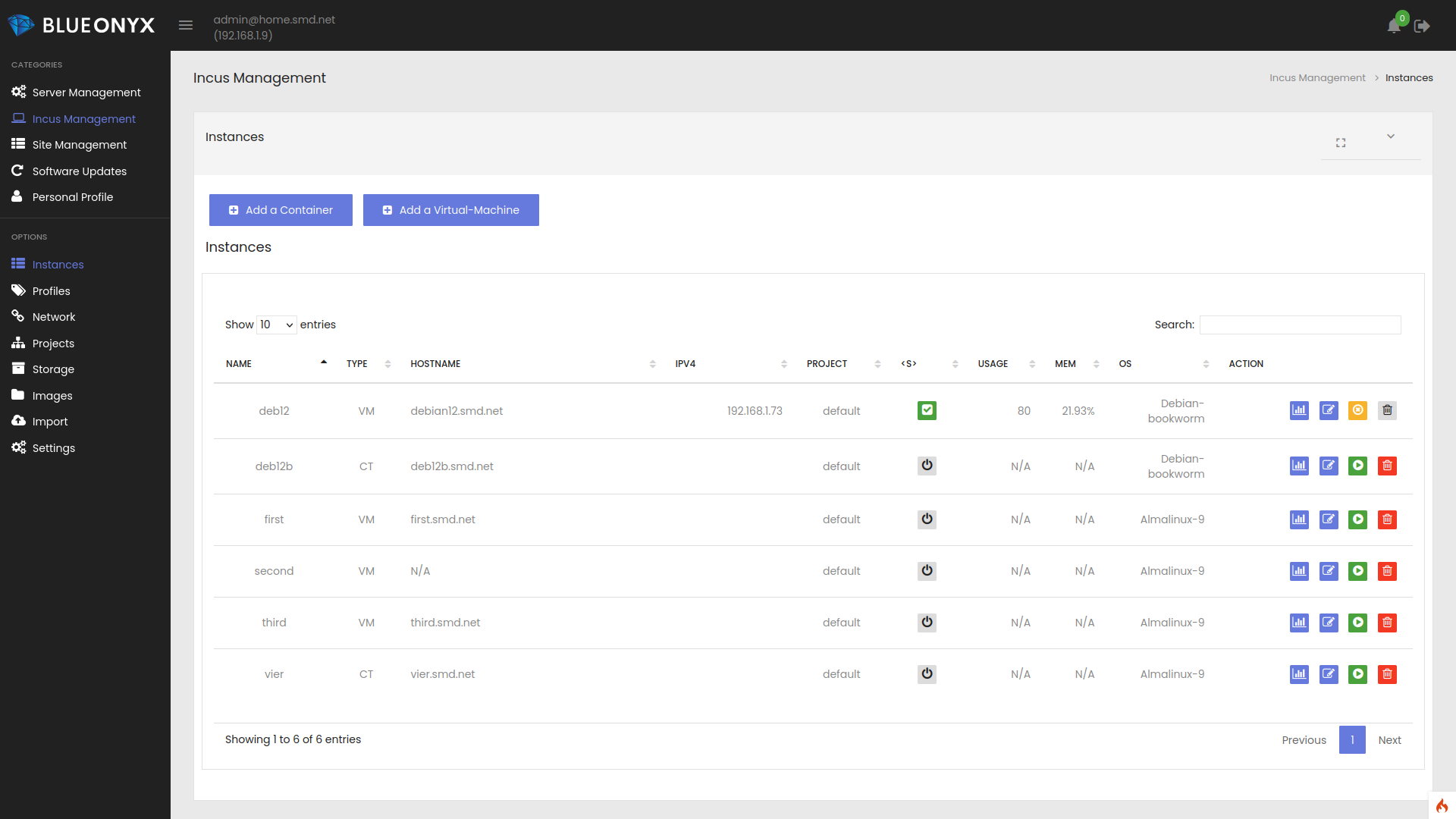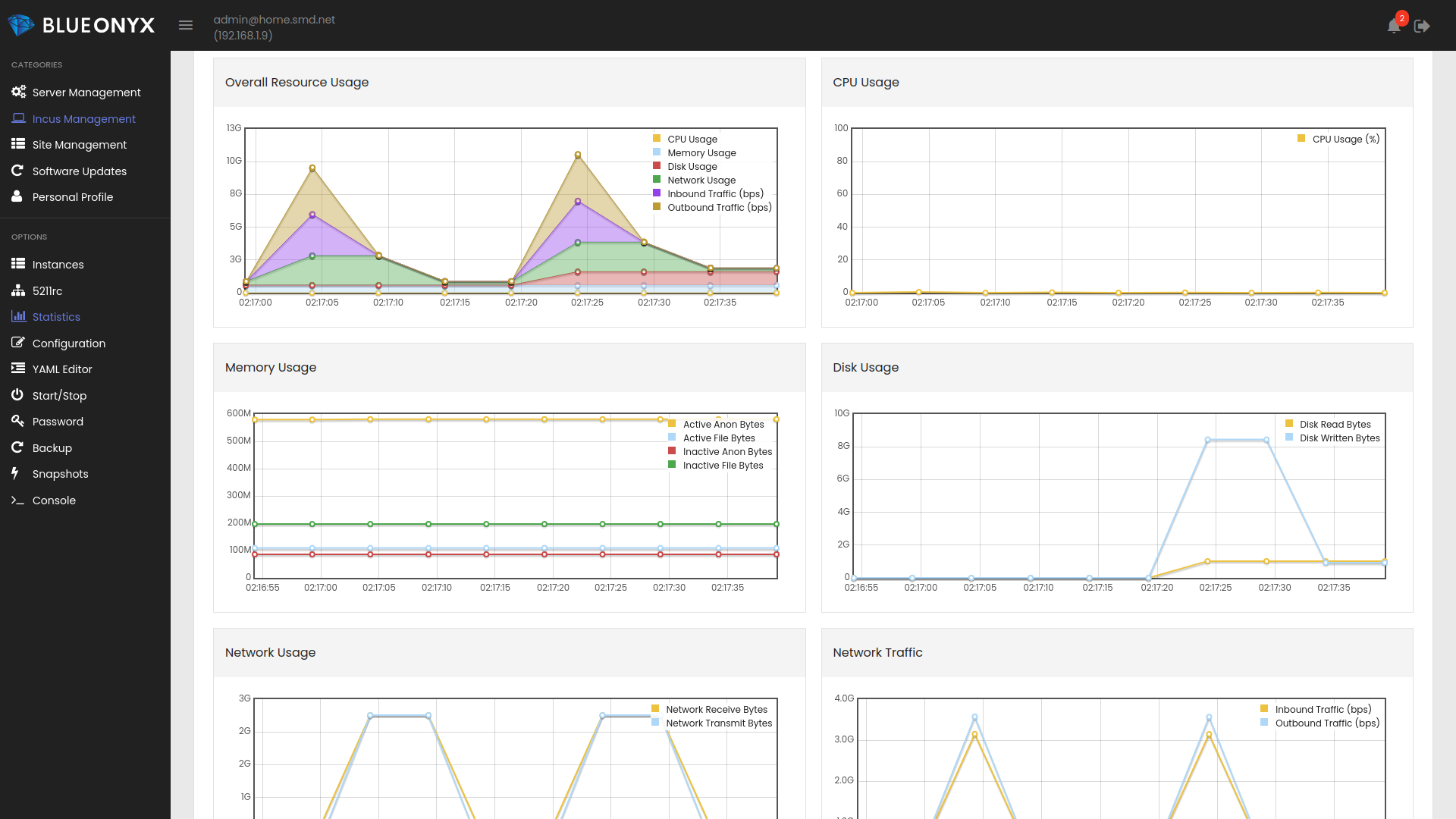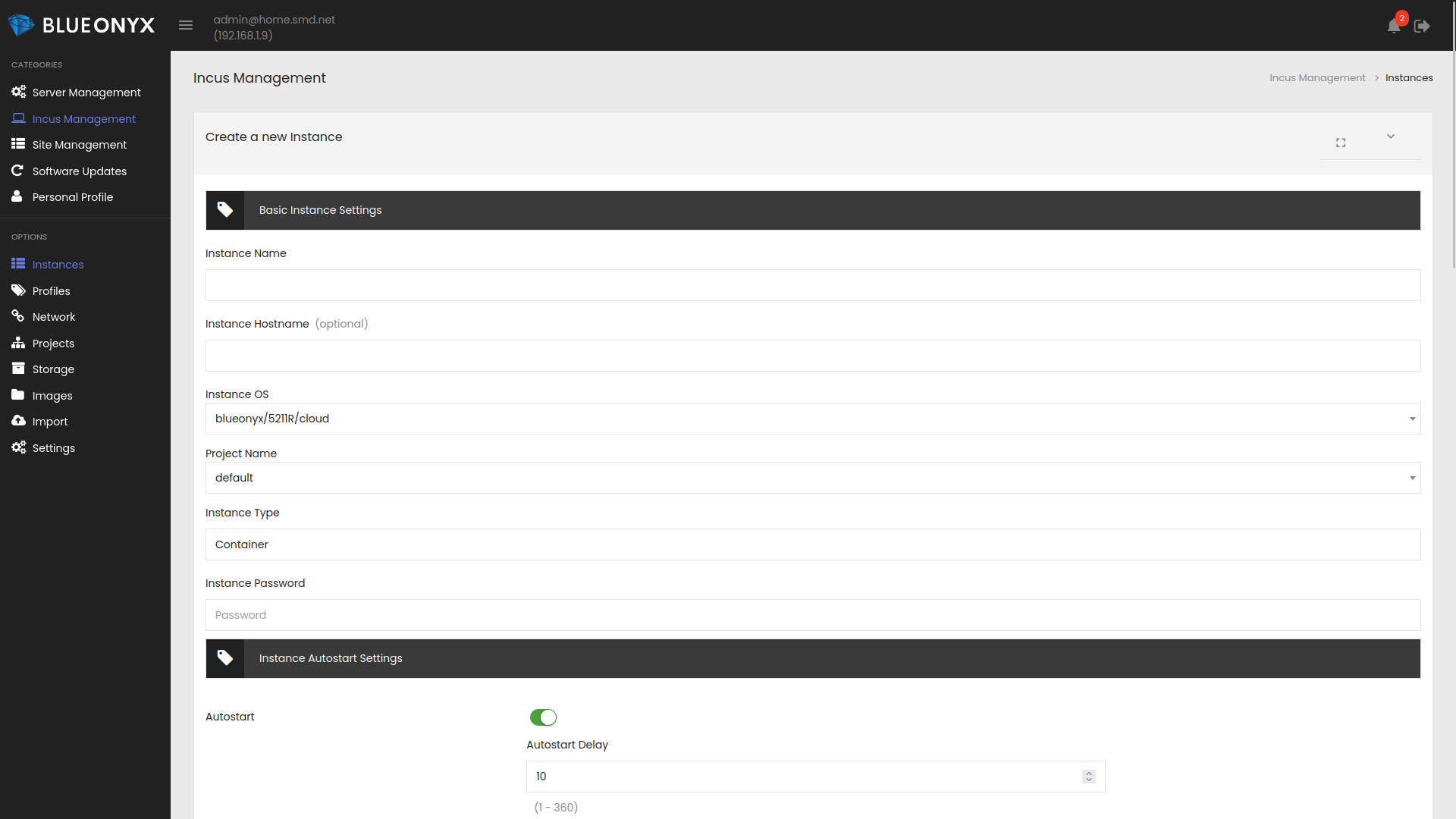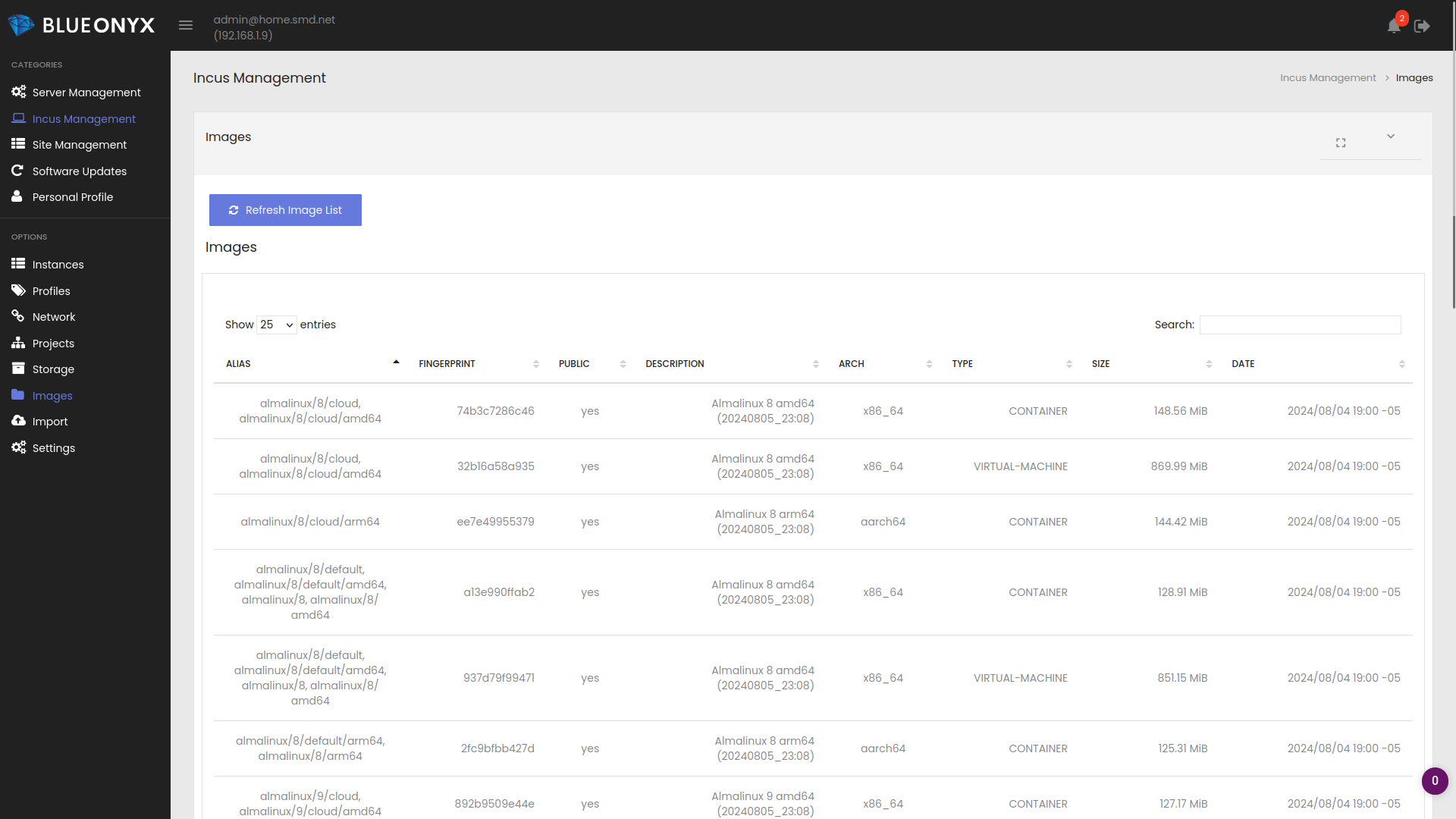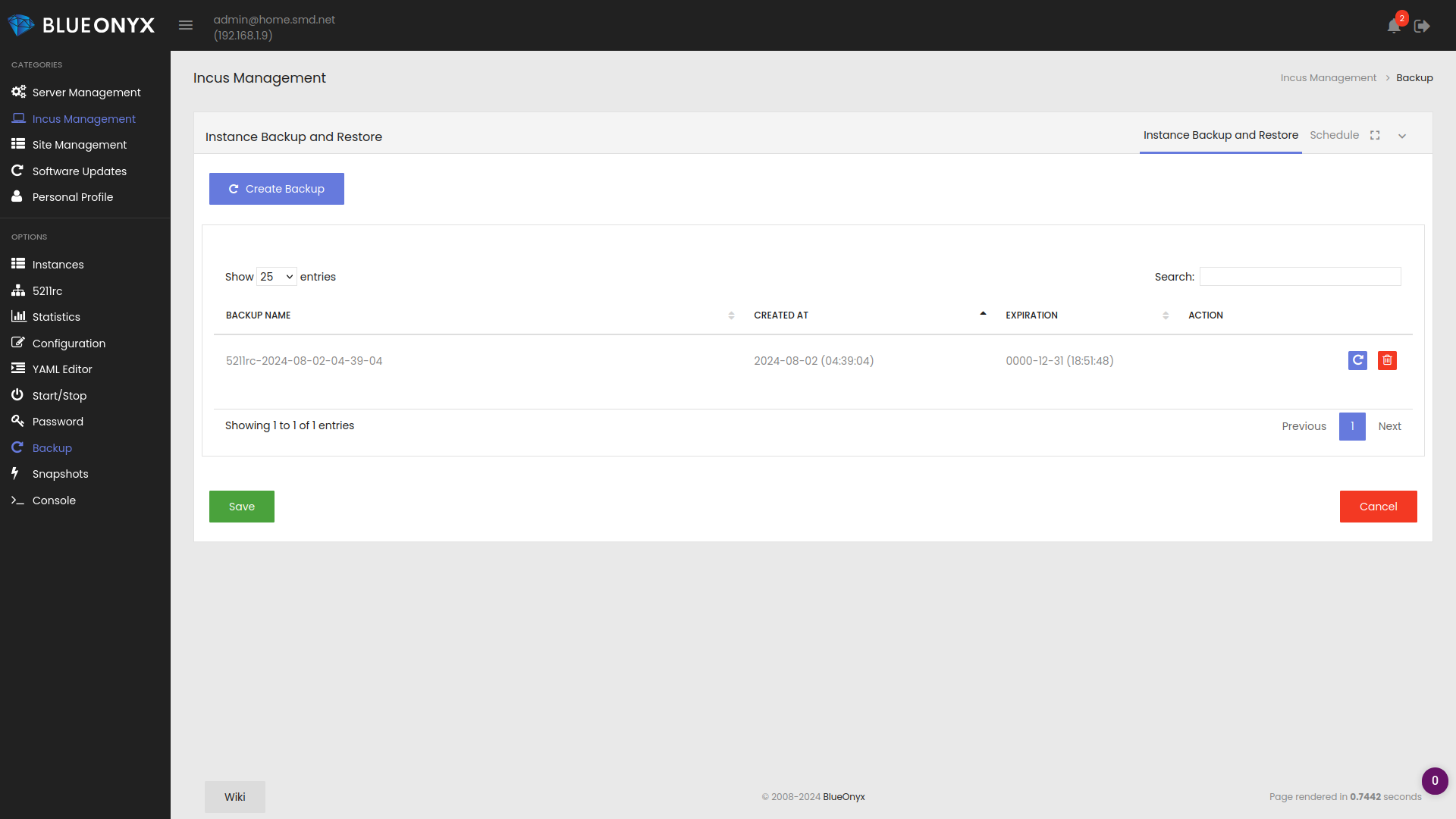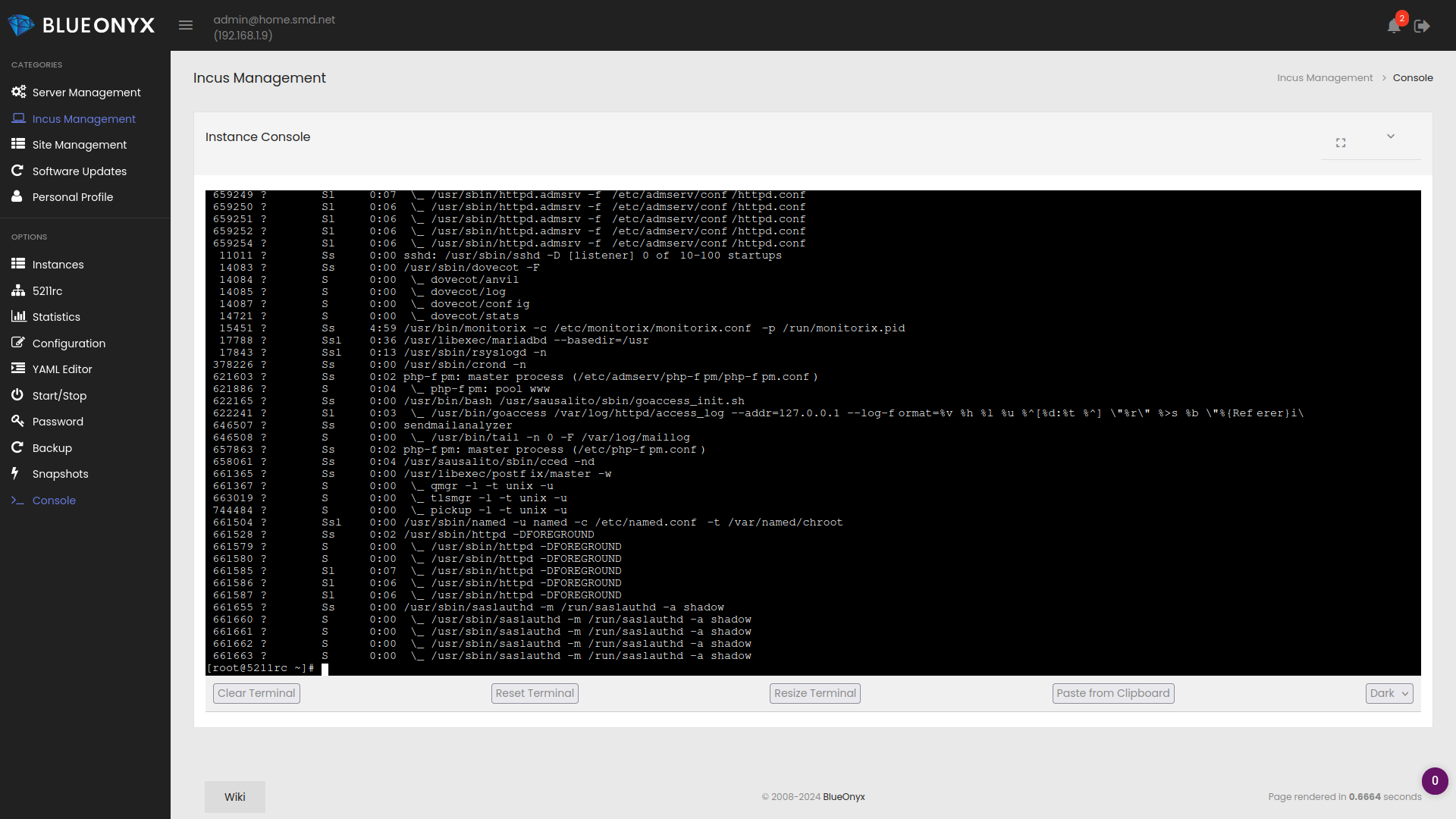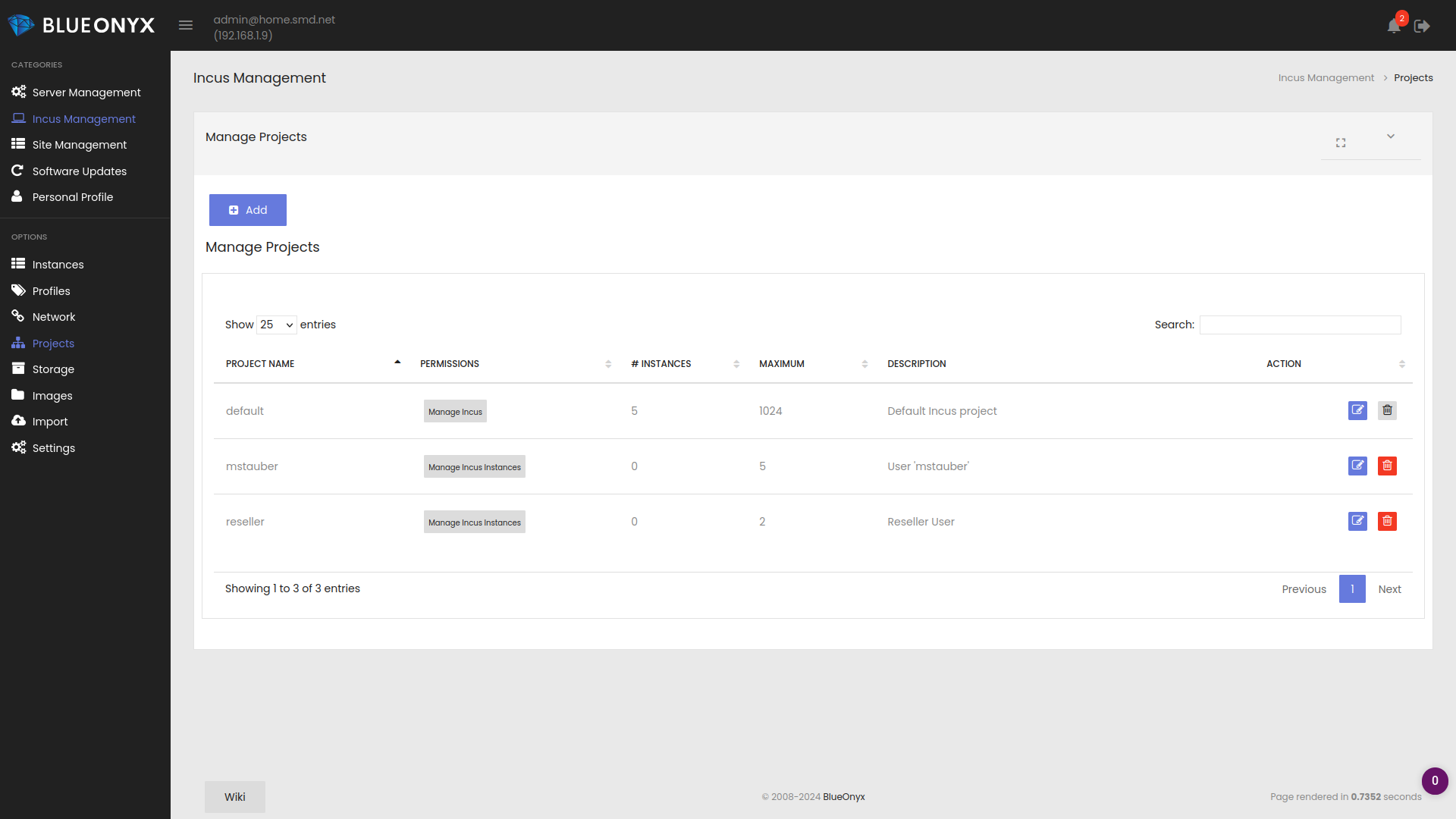Specifications
History:
Aventurin{e} has been in active development since 2006. It started out as a fork of the Open Source project BlueQuartz by two of the junior developers of the BlueQuartz project: Brian N. Smith and Michael Stauber. The idea was to use core elements of the BlueQuartz GUI interface and to mate it with the OpenVZ container based virtualization engine in order to create and manage OpenVZ Virtual Private Containers. The initial version of Aventurin{e} with the model number 6102R ran on CentOS 4 and was released in 2007. In 2008 Aventurin{e} 6105R on CentOS 5 came out and it was also the first version of Aventurin{e} with optional Cluster support. In 2011 we released Aventurin{e} 6106R on Scientific Linux 6, which retained the optional Cluster support. This was followed in 2018 by Aventurin{e} 6109R, which ran on Virtuozzo Linux 7.
Already before the the development of Aventurin{e} 6109R started, we discussed with our commercial clients and users the future of Aventurin{e}, as we felt that OpenVZ 7 may no longer be the the best of choices. We investigated alternatives with the special considerations and requirements of our clients in mind. The only semi-viable alternative was LXC/LCD as outlined in our news article back then. However, for the time being we decided then to stick with OpenVZ 7 for 6109R.
Aventurin{e} 6110R development and release:
As the shortcomings of OpenVZ 7 in modern times became more and more obvious and the makers of OpenVZ showed no honest attempts to progress with their Pre-Alpha-Versions of OpenVZ 8 and OpenVZ 9 we decided to renew our move to LXC or LXD again in earnest. Preliminary studies started in January and February of 2024 and (as we already knew) there had been exciting changes within the LXD project. Basically Canonical (IP owner) ruffled the fur of the developers and they decided to bugger off and do a fork. That fork is called Incus and it took a while to mature. In March 2024 we started with Incus-0.7 on a development box and this gradually progressed towards Incus v6.3.0 (latest at the time of the initial release of Aventurin{e} 6110R), gaining new features with every step of the way.
After a thorough usability study of Incus to see if it meets the needs of our commercial clients we started with adapting our BlueOnyx 5211R so that it could both run inside Incus instances and would also be a suitable host node for running Incus itself. Then the work started on building GUI pages that allow us to manage all options of Incus that are of any relevance to our common usage case. Extensive testing followed, including migration of production servers into Incus instances.
The official release of Aventurin{e} 6110R for BlueOnyx 5211R was on 6th August 2024 and it is now available as a free package in the BlueOnyx shop. If you sign up for the "Free Bundle" or already have purchased any commercial BlueOnyx bundle from the BlueOnyx shop ("All Packages Bundle", "BlueOnyx Enterprise Edition" or "BlueOnyx Professional Edition", then you also gain access to the "Aventurine" Package for BlueOnyx 5211R. Upon installation of that Package on a BlueOnyx 5211R you can test drive Aventurin{e} and can manage a single Incus Instance via the GUI.
Since Aventurin{e} 6110R v1.0.7-1 the GUI can also be used to create and manage Virtual-Machines (VMs) and text based and graphical Console access to running VMs is possible via the GUI's "Console" viewer in the Instance Management.
Commercial License:
A commercial license that unlocks all management functions and allows you to manage up to 1024 instances can be purchased in the BlueOnyx Shop.
Aventurin{e} version numbers:
- Aventurin{e} 6110R - BlueOnyx 5211R (AlmaLinux 9 + BlueOnyx GUI + Incus) - Latest Release
- Aventurin{e} 6109R - Virtuozzo Linux 7 + OpenVZ 7 + Chorizo GUI - Old Stable Release
- Aventurin{e} 6108R - SL 6 + OpenVZ 6 (Legacy) + Chorizo GUI - EOL since November 2018
- Aventurin{e} 6106R - SL 6 + OpenVZ (Legacy) + Sausalito GUI - EOL since March 2017
- Aventurin{e} 6105R - CentOS 5 + OpenVZ (Legacy) + Sausalito GUI - EOL since March 2013
- Aventurin{e} 6102R - CentOS 4 + OpenVZ (Legacy) + Sausalito GUI - EOL since March 2012
General Technical Overview:
Aventurin{e} is a package that extends the BlueOnyx 5211R GUI interface with management functions for Incus Container instances. The package for the demo version with limited functionality is available free of charge in the BlueOnyx Shop and a commercial license can be purchased there as well. Aventurin{e} 6110R uses Incus (latest version) and interfaces with the Incus API to perform all management functions.
Minimal Server Requirements for a 6110R:
It really depends on the expected usage. If you just want to run a single small hobby related VPS or a small intranet server, then the required hardware demands could be as low as this:
Minimum requirements:
- x86_64 compatible architecture.
- Preferably multiple CPU cores (2 GHz or faster).
- At least 4-8 GB of RAM, but that cuts it really close. The more the better!
- +50-80 GB of disk space. Again: The more, the better.
That would be enough for some hobbyist usage, but don't expect too much off it. It is also possible to install and run Aventurin{e} on blades, like IBM blade centers. Of course the typical blade comes with only 2.5" disks and typically diskspace is a limiting factor that not really allows you to run many large VPS's. However, some key features of Aventurin{e} - like easy migrations, independence of hardware and the built in backup facility - make it desirable to run Aventurin{e} even though you'll run only a single VPS on that hardware.
Virtualization under Linux lives and breathes with CPU cores, fast RAM and fast I/O throughput of speedy hard disks. The more and the faster, the better the end result. Intel i3, i5, i7, i9 or Xeon's with multiple cores are always a good choice. Or anything comparable from AMD. The i3 only for light weight stuff (due to lack of enough cores). For a long time our own Aventurin{e} servers for the BlueOnyx and Aventurin{e} project ran on 4 cores (Intel i5) and made do with 32 GB of RAM and 1-2TB of disk space each. We have since a bit outgrown that, but both back then we did (as we do today) run up to 30 VPS's per node. We do have clients who run Aventurin{e} on monster hardware with dozens of CPU cores, 200GB of RAM and terabytes of storage attached. In some cases these clients also started small on modest hardware. And eventually outgrew them. But in those cases they could simply migrate the VPS's off the old Aventurin{e} and move them to the new and more powerful one.
Included OS Templates:
Aventurin{e} 6110R give you access to the all the Incus OS image templates outlined on this page. That pretty much includes all the common (and even some uncommon) Linux distributions you could think of. Additionally you get access to the Aventurin{e} Image Server, which hosts OS image templates for BlueOnyx 5210R and BlueOnyx 5211R.
Aventurin{e} Licensing and Terms of Usage:
Aventurin{e} is shipped as commercial software. It is partially open source and partially closed source. The closed source parts are those that directly deal with the interface between the Chorizo based BlueOnyx GUI Interface and Incus.
The freely available version of Aventurin{e} 6110R allows you to create and manage a single Incus Instance. That allows you to give Aventurin{e} a test ride before you commit to a purchase.
Or if you are a hobbyist user who just wants to manage a single VPS, then you're welcome to run Aventurin{e} 6110R without ever purchasing a license. Be our guest, but recognize: Support for your install will only be provided on a voluntary basis - if it all.
A commercial license needs to be purchased if you want to unlock the GUI in order to run up to 1024 VPS's. In that case you gain access to an additional Package from the BlueOnyx store which (after installing it) will remove any limitations from your GUI.
Further details about the terms and conditions can be found in the Aventurin{e} License Agreement.

